Recently Released.
Newly Released in the last 30 days

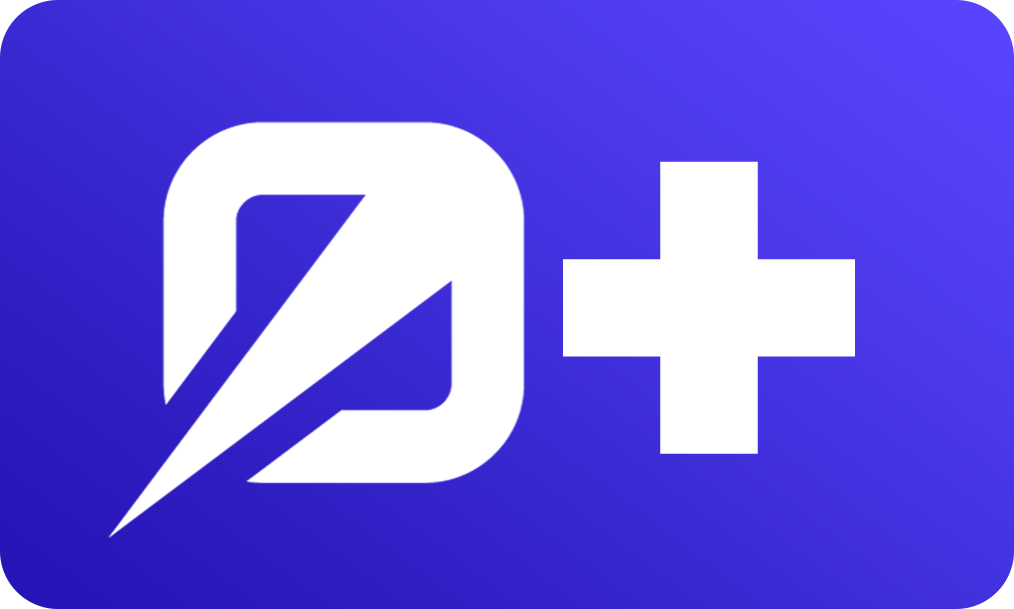
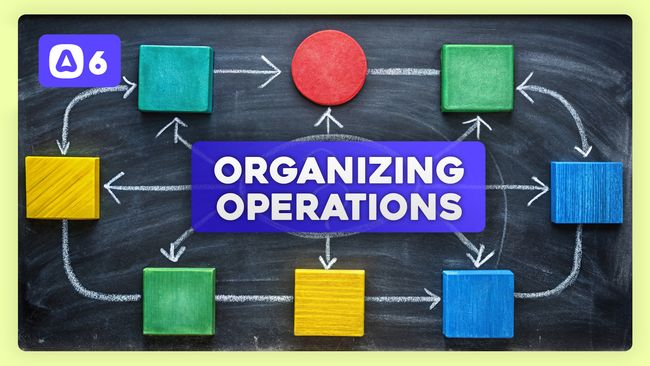
Three Approaches for Organizing your AdonisJS Business Logic Operations
In this lesson, we'll dive deep into three different ways we can organize our code; fat controllers, services, and actions. We'll also discuss circular dependencies, static and non-static service methods, and dependency injection.

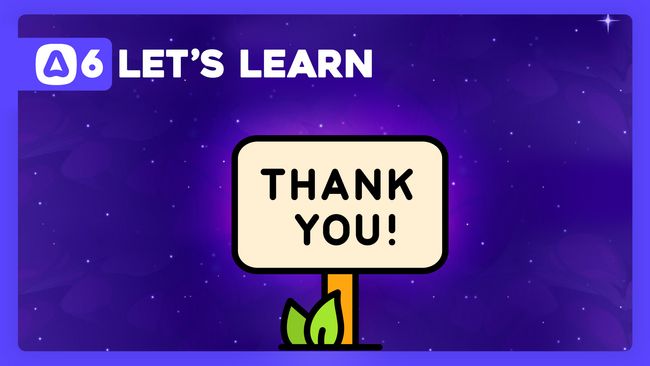
Thank You for Watching!
A quick thank you to all those who watched! If you have feedback, please let us know down in the comments.

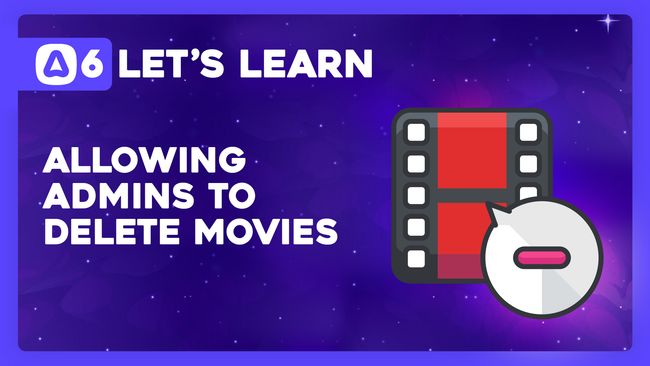
Allowing Admins to Delete Movies and their Relationships
In this lesson, we'll learn how we can safely delete movies and their relationships. We'll discuss how we need to consider foreign key constraints, and what to do when our deletes aren't set to cascade.

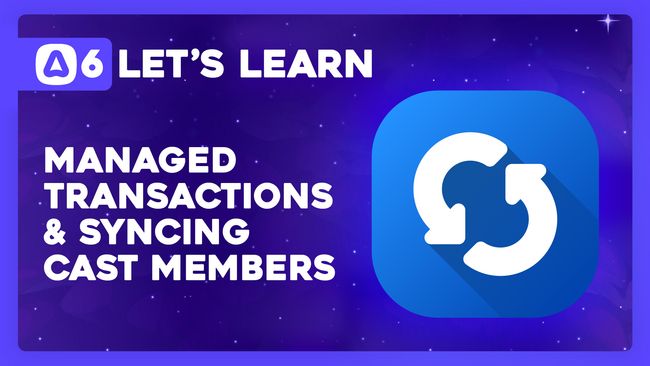
Managed Transactions and Syncing Movie Cast Members
In this lesson, we'll learn how we can use what we learned in the last lesson to also sync our cast members. We'll then extract this functionality into a service and wrap it within a managed database transactions.

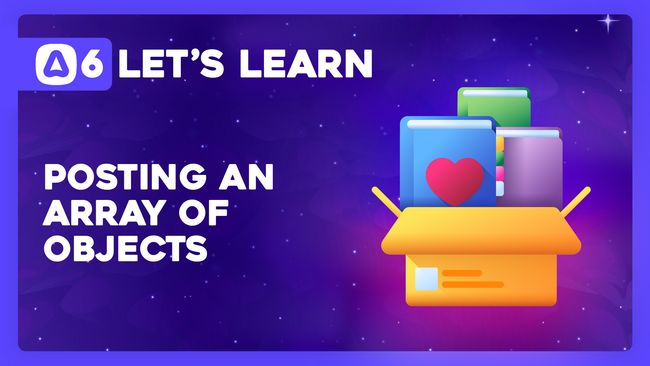
Posting Objects, Arrays, and an Array of Objects in HTML Forms
In this lesson, we'll learn how we can use form field names to send an array of objects with our HTML form submission. We'll discuss pitfalls to watch out for and how we use AlpineJS to simplify index syncing within our field names.
Lessons.


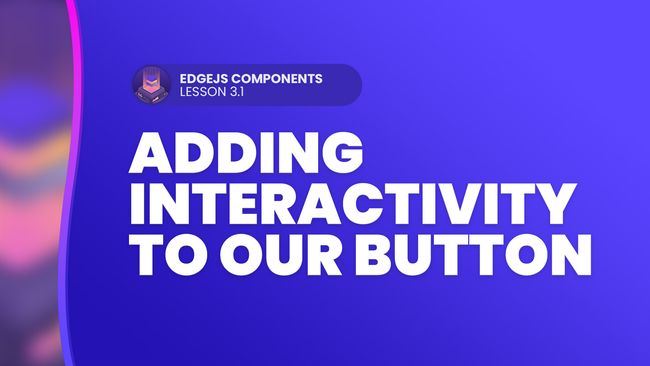
Adding Interactivity to our Button
In this lesson, we'll add extendable interactivity to our button using AlpineJS. We'll also walk through a demonstration of how we can utilize event propagation in AlpineJS to our advantage.


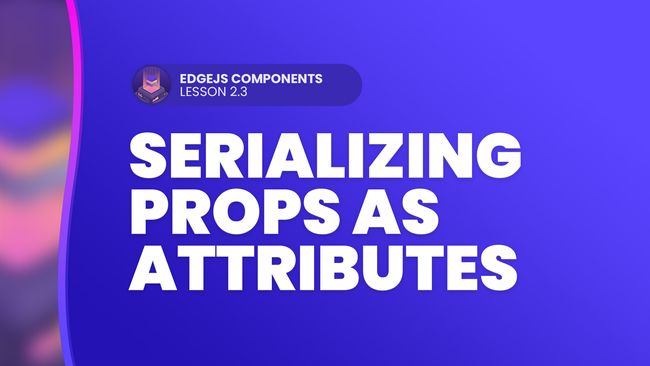
Serializing Props as Element Attributes
In this lesson, we'll learn about EdgeJS' serialize only and serialize except utility methods, which allow us to directly serialize key-value pairs from our props as element attributes within our components.


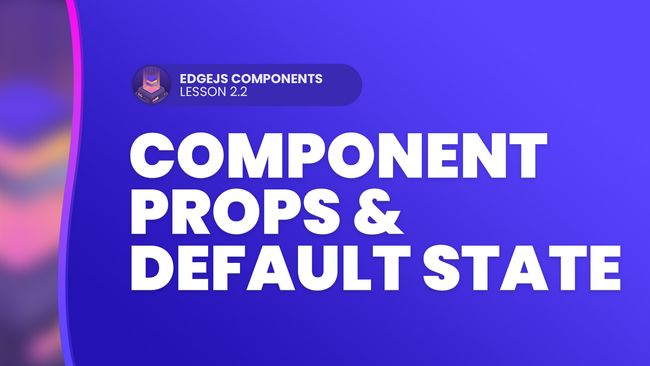
Component Props and Default State
In this lesson, we'll learn how about props and how props and state interact within EdgeJS Components. We'll also take a look at how we can default default state values for our components.


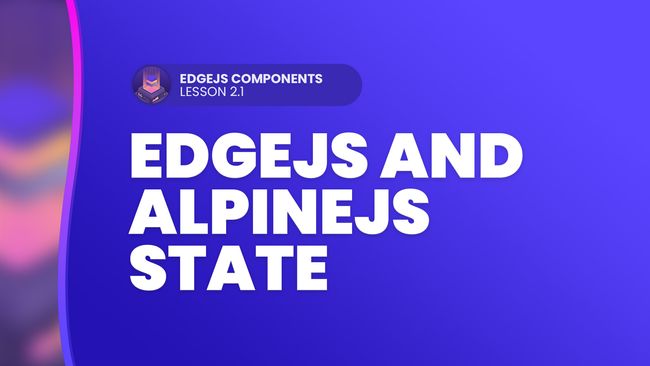
Component State & Passing State from EdgeJS to ApineJS
In this lesson, we'll take a look at how we can define and manage state within EdgeJS Components. We'll also learn how we can pass single properties or full objects from EdgeJS to AlpineJS and our client-side scripts.


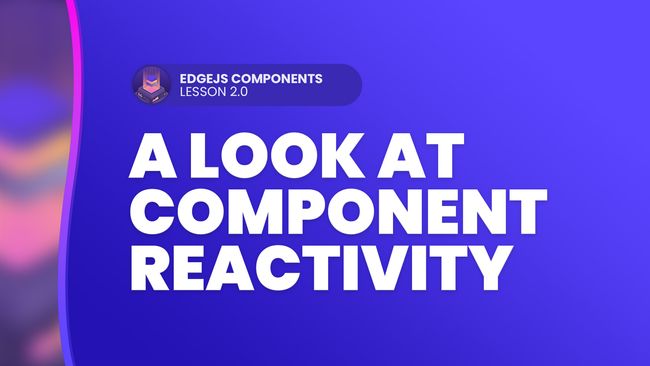
A Look At Component Reactivity
In this lesson, we'll take a look at how we'll approach reactivity within our EdgeJS components using AlpineJS. We'll also briefly discuss where the line between EdgeJS and AlpineJS is, in terms of our component state and reactivity.

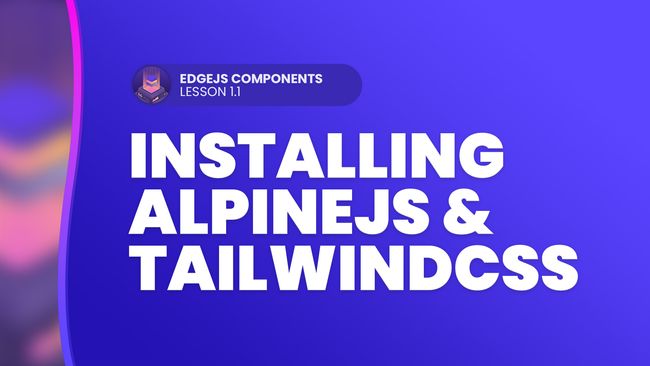
Getting Started, Installing AlpineJS and TailwindCSS
In this lesson, we'll quickly create a new AdonisJS 5 project to house our components. Then, we'll install the dependencies needed by PinesUI; AlpineJS and TailwindCSS.

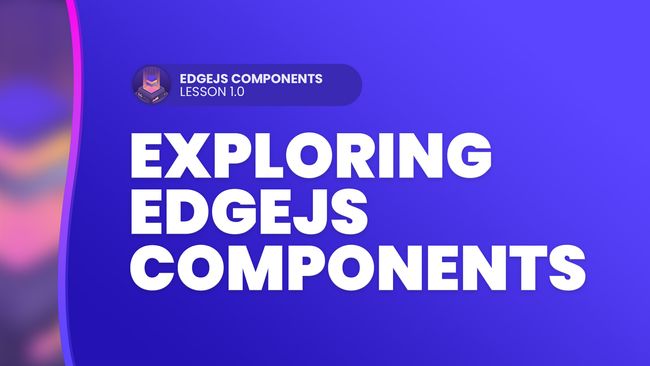
Exploring EdgeJS' Component System
In this lesson, we'll walk through a high-level overview of this series' objectives, including the various components we'll build throughout this series.